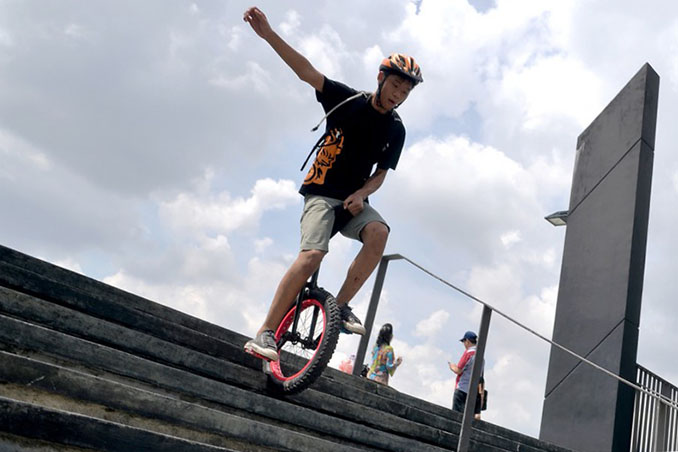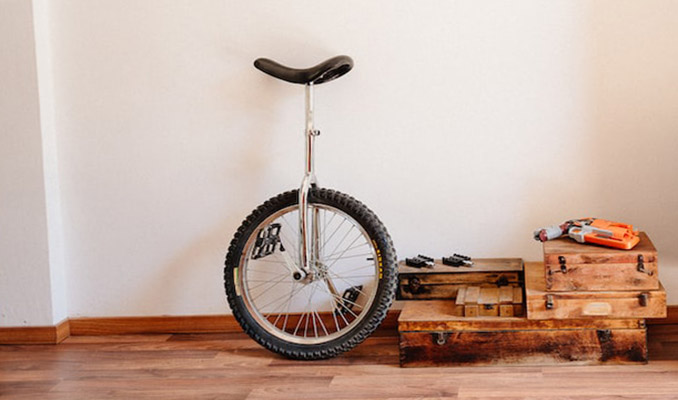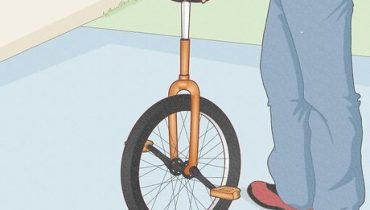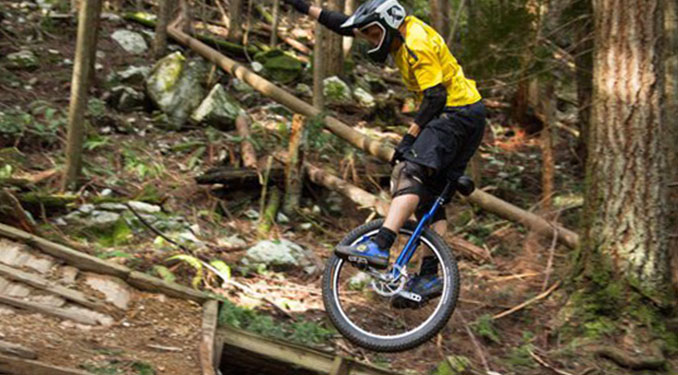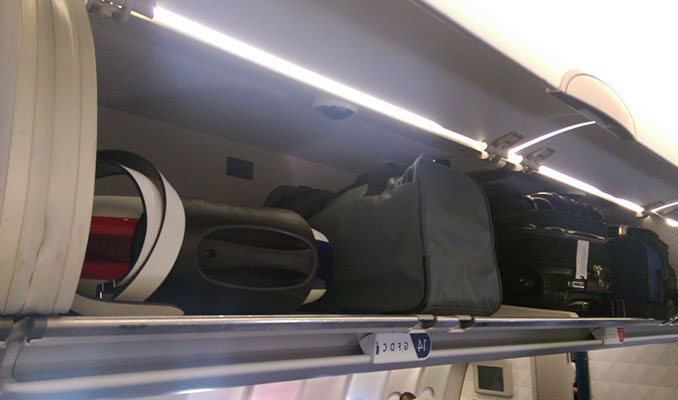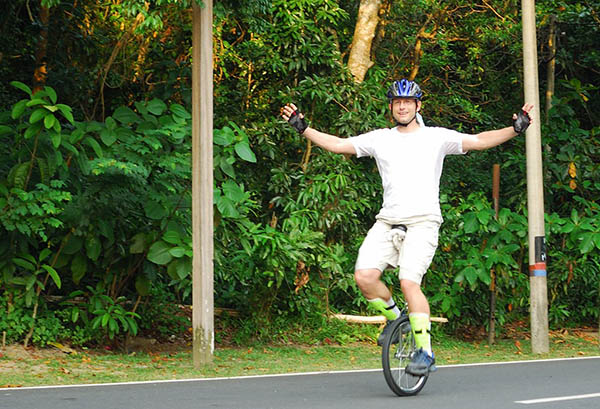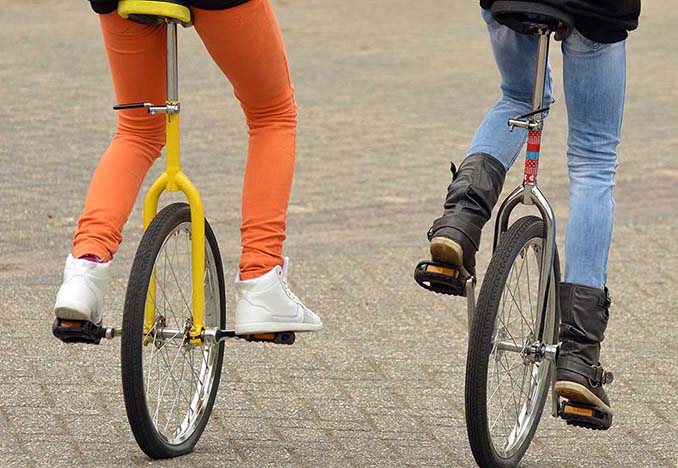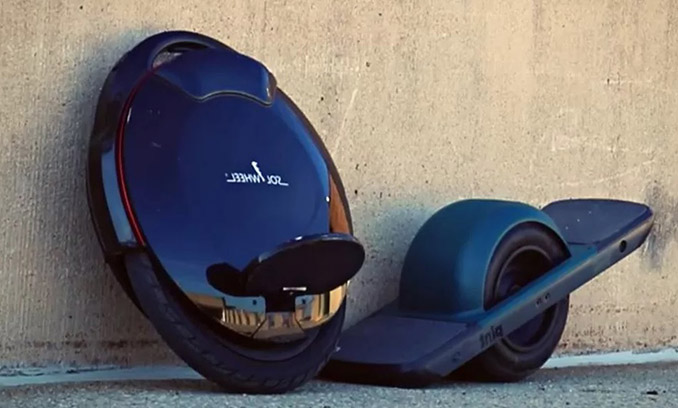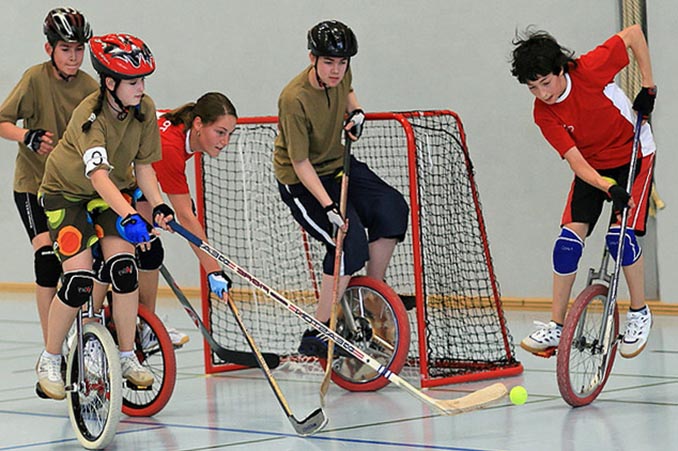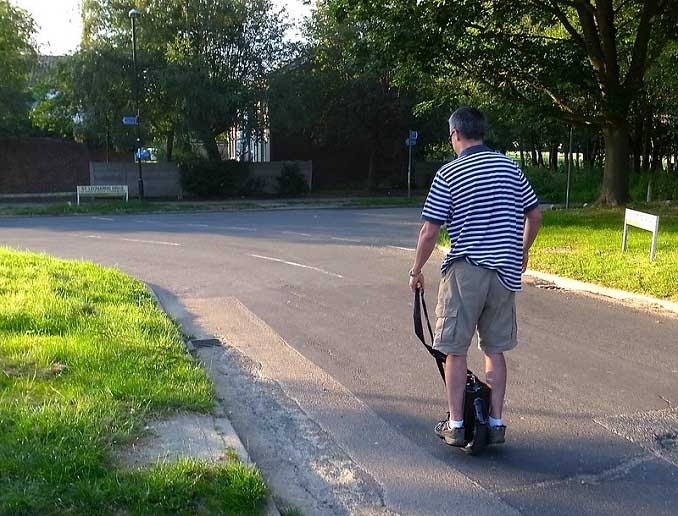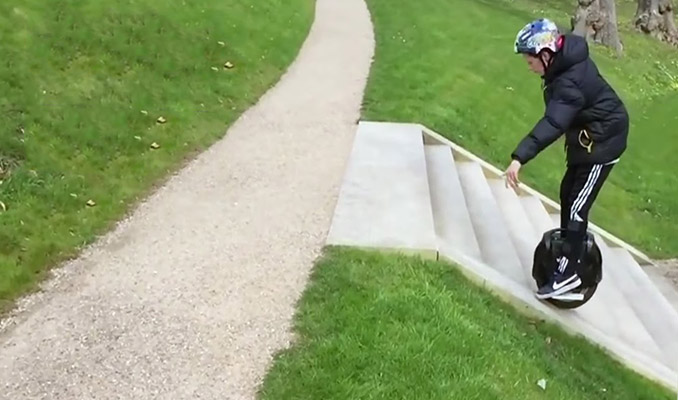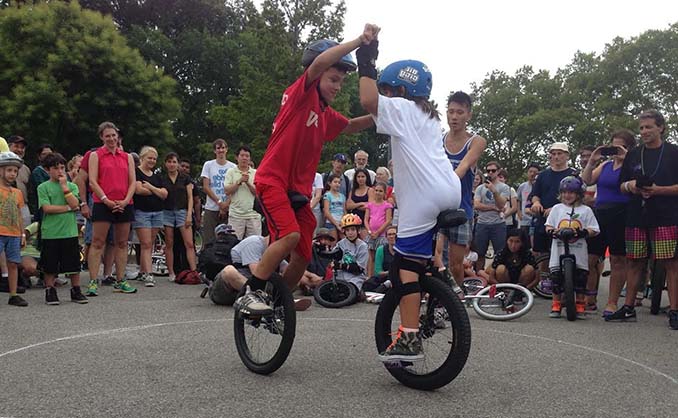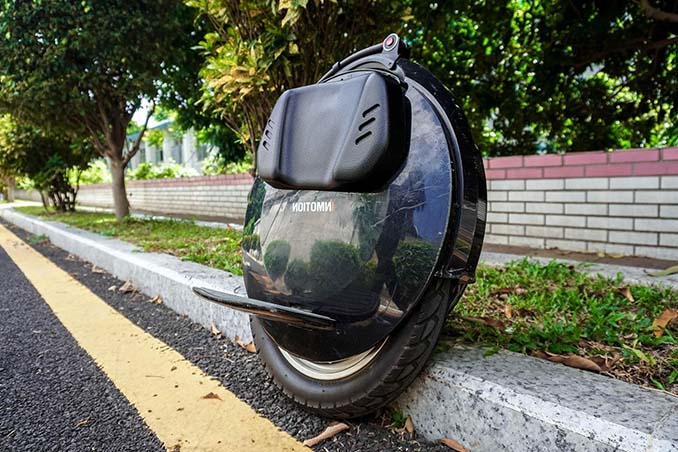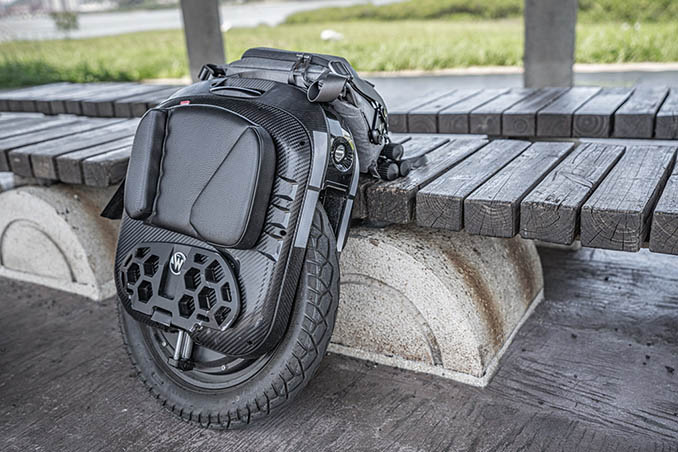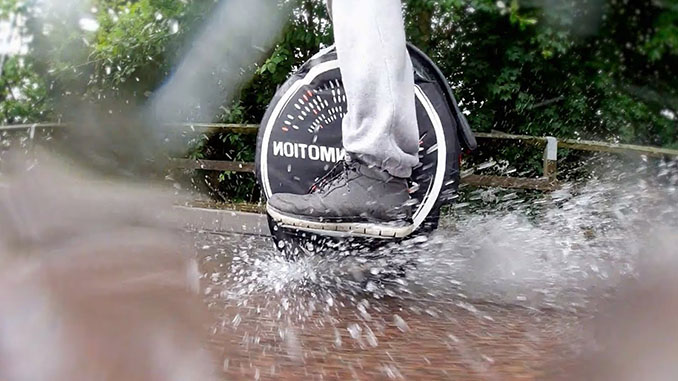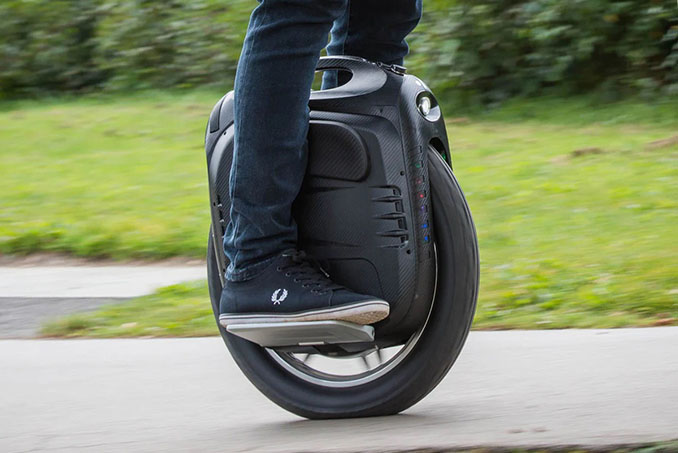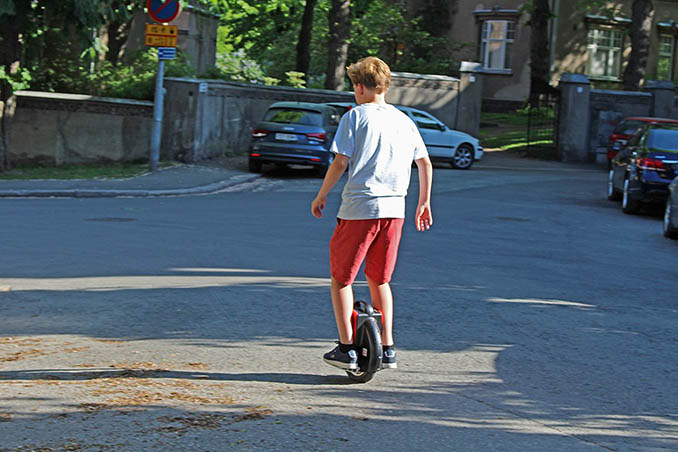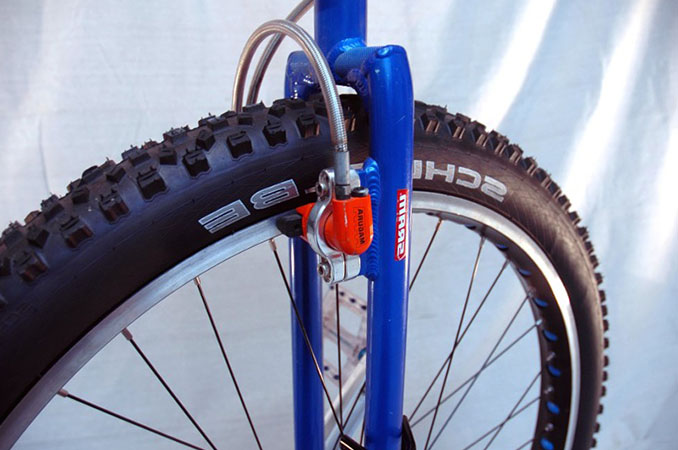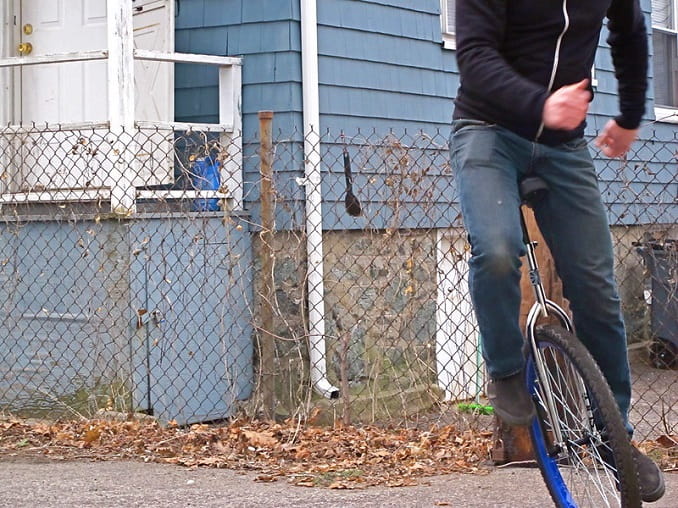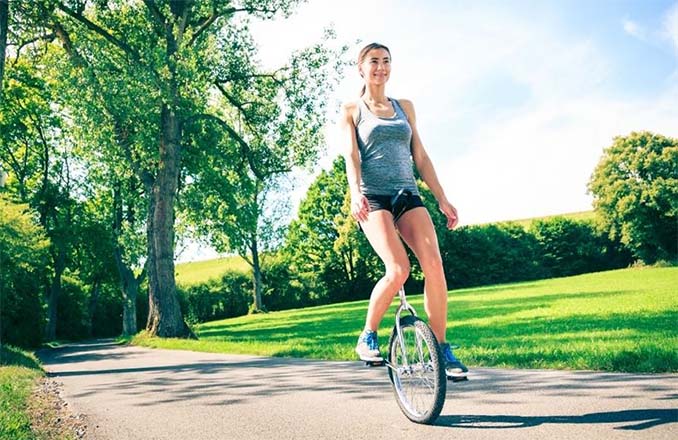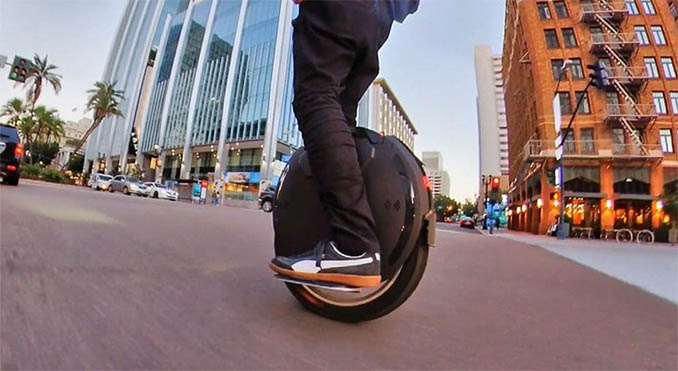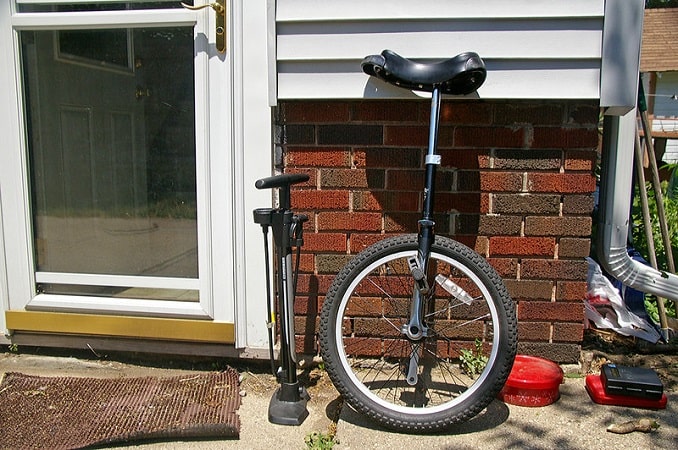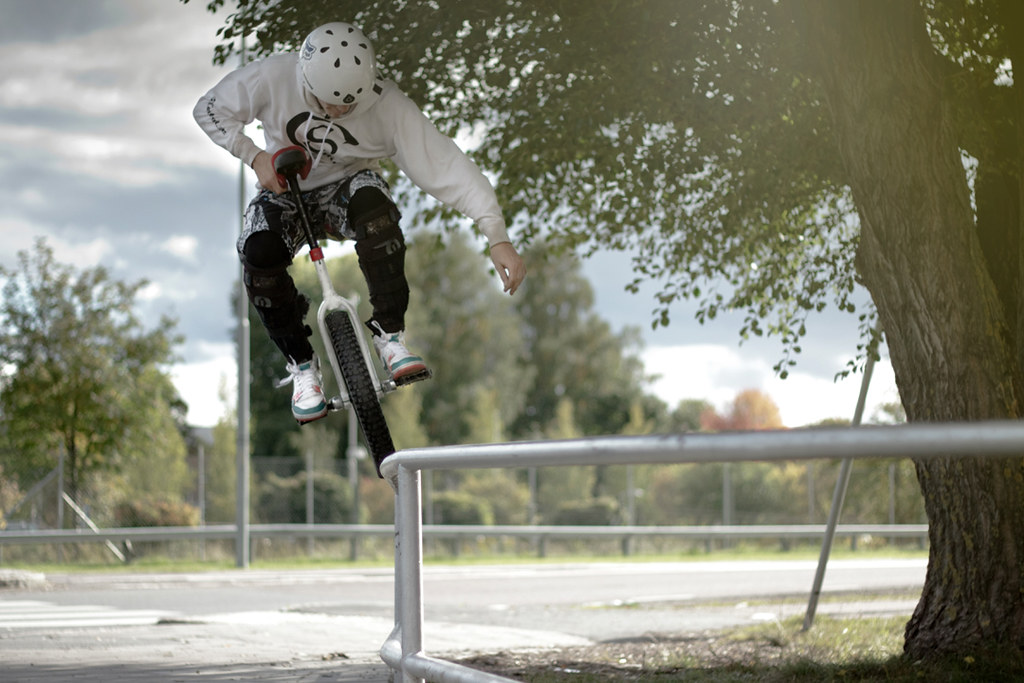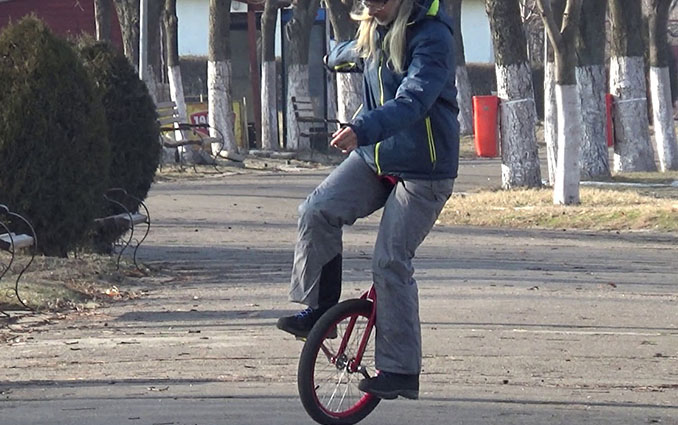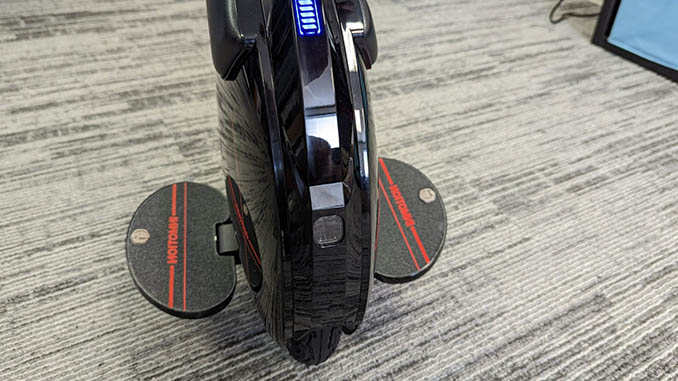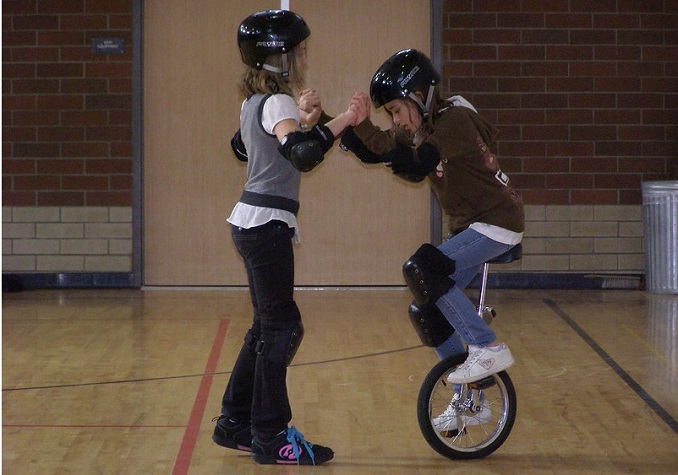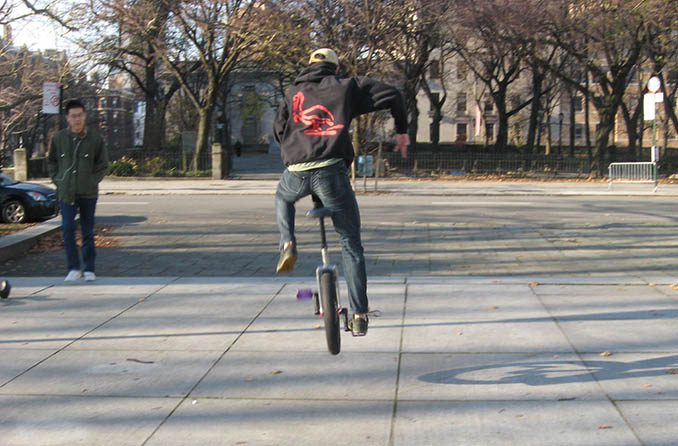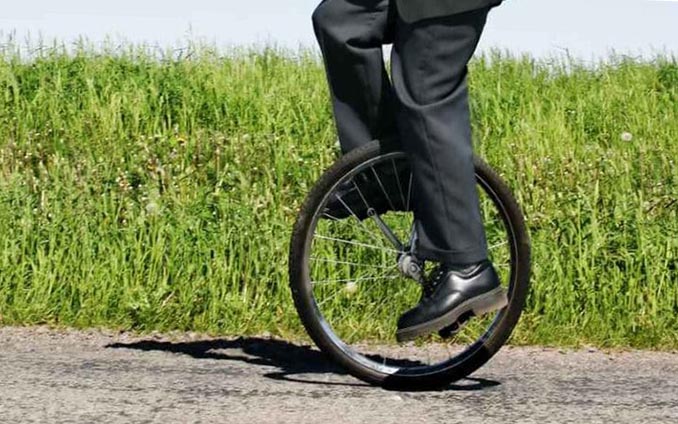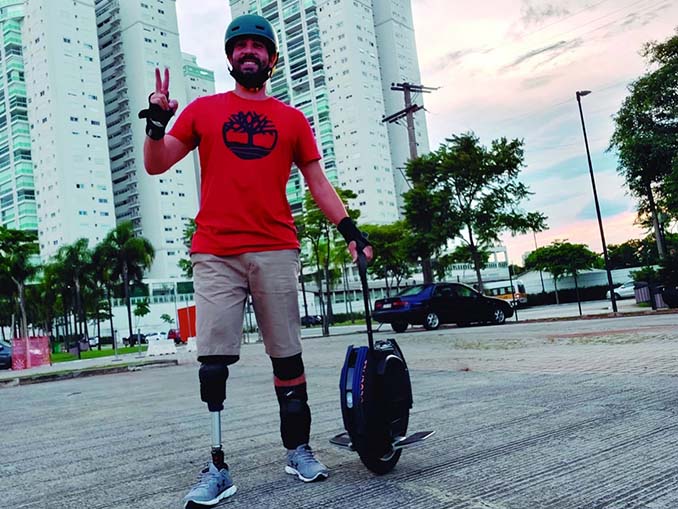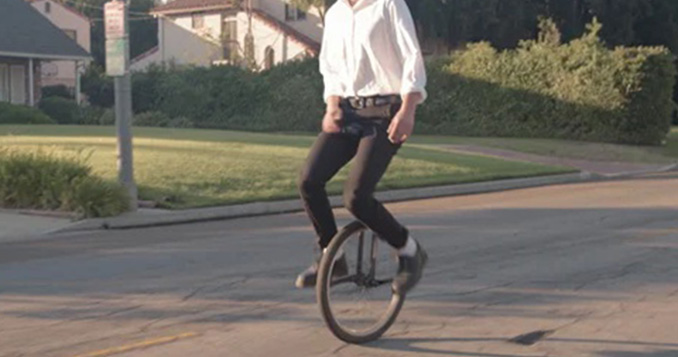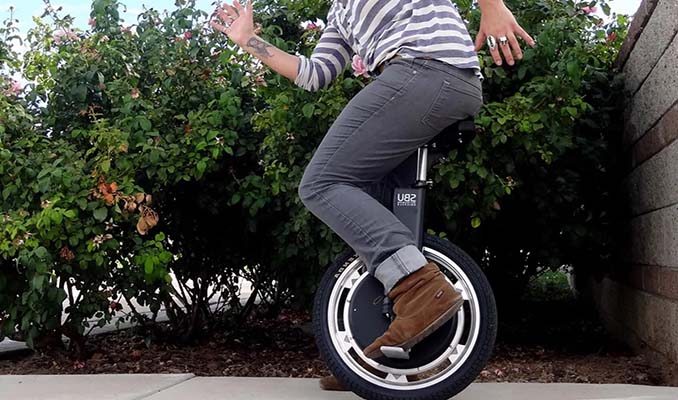As a passionate unicycle rider, I understand how thrilling it can be to ride on one wheel. However, just like any other physical activity, unicycle riding comes with its own set of hazards.
From head injuries to back and spine injuries, unicycle riding can be dangerous if you don’t take the necessary precautions.
In this article, I’ll guide you through some of the common injuries that can occur while riding a unicycle and give you practical tips on how to prevent them. I will also share tips on how to stay safe while enjoying this exciting activity.
Introduction to Unicycle Riding
Unicycle riding is a unique and challenging activity that involves balancing on one wheel while pedaling. It requires a lot of focus, coordination, and core strength. Unicycle riding can be done for fun, exercise, or even as a mode of transportation.
However, unicycle riding can also be dangerous if you are not careful. Unicycle riders are more vulnerable to injuries than cyclists due to the lack of stability and balance. It is important to understand the common injuries associated with unicycle riding and take necessary precautions to avoid them.
Related:
Understanding Common Unicycle Injuries
Common unicycle injuries can range from minor scrapes and bruises to more serious injuries like head and spine injuries.
Riders should take precautions to prevent these injuries and prioritize their safety while enjoying this fun activity. Here are some of the most common unicycle injuries:
Head and Neck Injuries
Head and neck injuries are some of the most serious injuries associated with unicycle riding. They can occur due to falls, collisions, or even sudden stops. Head injuries can range from minor concussions to more serious traumatic brain injuries.
Neck injuries, on the other hand, can range from whiplash to more serious injuries such as spinal cord damage. These injuries can be prevented by wearing a helmet and avoiding risky maneuvers.
Upper Limb Injuries
Upper limb injuries are also common among unicycle riders. These injuries can occur due to falls or collisions and can range from minor sprains to more serious fractures. The most common upper limb injuries are wrist injuries and elbow injuries.
To prevent upper limb injuries, it is important to wear protective gear such as wrist guards and elbow pads. It is also important to avoid risky maneuvers and to always ride within your skill level.
Lower Limb Injuries
Lower limb injuries are also common among unicycle riders. These injuries can occur due to falls or collisions and can range from minor sprains to more serious fractures. The most common lower limb injuries are ankle injuries and knee injuries.
To prevent lower limb injuries, it is important to wear protective gear such as ankle braces and knee pads. It is also important to avoid risky maneuvers and to always ride within your skill level.
Back and Spine Injuries
Back and spine injuries are some of the most serious injuries associated with unicycle riding. These injuries can occur due to falls or collisions and can range from minor strains to more serious fractures or spinal cord damage.
To prevent back and spine injuries, it is important to maintain good posture while riding and to avoid sudden stops or risky maneuvers.
Protective Gear for Unicycle Riding
Protective gear is essential for unicycle riding. It can help prevent injuries and minimize the severity of injuries if they do occur. Here are some of the essential protective gear for unicycle riding:
- Helmet: A helmet is essential for preventing head injuries. Make sure to wear a properly-fitted helmet that meets safety standards.
- Wrist Guards: Wrist guards can help prevent wrist injuries. They should be worn snugly and cover the wrist bone.
- Elbow Pads: Elbow pads can help prevent elbow injuries. They should be worn snugly and cover the elbow joint.
- Knee Pads: Knee pads can help prevent knee injuries. They should be worn snugly and cover the knee joint.
- Ankle Braces: Ankle braces can help prevent ankle injuries. They should be worn snugly and provide support to the ankle joint.
Pre-ride Warm-up and Stretches
Before starting your unicycle ride, it is important to warm up your muscles and stretch. This can help prevent injuries and improve your performance. Here are some pre-ride warm-up exercises and stretches:
- Jogging in place: This can help warm up your muscles and increase your heart rate.
- Squats: Squats can help warm up your leg muscles and improve your balance.
- Lunges: Lunges can help warm up your leg muscles and improve your balance.
- Shoulder stretches: Shoulder stretches can help warm up your upper body and prevent shoulder injuries.
- Neck stretches: Neck stretches can help warm up your neck muscles and prevent neck injuries.
Recovery and Rehabilitation from Unicycle Injuries
If you happen to get injured while riding a unicycle, it’s crucial to seek medical attention promptly. Depending on the extent of the injury, rehabilitation may be necessary to help you recover strength and mobility.
Rehabilitation may involve physical therapy, exercises, or even surgery in some cases. To make a full recovery, it’s crucial to follow your doctor’s advice and take the necessary steps towards healing.
Following your doctor’s advice is essential to make sure your body receives the time and care it needs to heal correctly.
Tips for Safe Unicycle Riding
Here are some tips for safe unicycle riding:
- Always wear protective gear.
- Ride within your skill level.
- Avoid risky maneuvers.
- Keep your unicycle in good condition.
- Pay attention to your surroundings.
- Do not ride under the influence of drugs or alcohol.
Frequently Asked Questions
Can beginners unicycling without prior experience be prone to injuries?
Yes, beginners who are new to unicycling are more likely to experience injuries due to their lack of experience and familiarity with the activity. It is important for beginners to start slowly, use proper safety gear, and practice in a safe environment.
Are some types of unicycling more dangerous than others?
Yes, some types of unicycling can be more dangerous than others. For example, unicycle trials and mountain unicycling can be more challenging and require more advanced skills, which can increase the risk of injury. However, all forms of unicycling carry some degree of risk, and it’s important to always prioritize safety.
How long does it typically take for an injury caused by unicycling to heal?
The healing time for an injury caused by unicycling can vary depending on the type and severity of the injury.
When it comes to unicycle injuries, minor cuts and bruises usually heal up within a few days, but for more severe injuries like broken bones or concussions, recovery can take several weeks or even months.
What are the long-term effects of unicycle injuries?
The lasting impacts of unicycle injuries can differ, depending on how severe the injury was and what type of injury it was. Some injuries may have no long-term effects, while others may cause lasting pain or limited mobility.
It is important to seek medical attention for any injury and to follow a proper rehabilitation plan to ensure the best possible outcome. Additionally, taking preventative measures and practicing safe unicycling techniques can help reduce the risk of long-term injury.
Conclusion: Staying Safe While Enjoying Unicycle Riding
Unicycle riding can be a thrilling and enjoyable activity, but it is important to take necessary precautions to avoid injuries.
Understanding common unicycle injuries and wearing protective gear can help prevent injuries and minimize their severity if they do occur.
By following the tips and guidelines outlined in this article, you can stay safe while enjoying the unique and exciting experience of unicycle riding.
